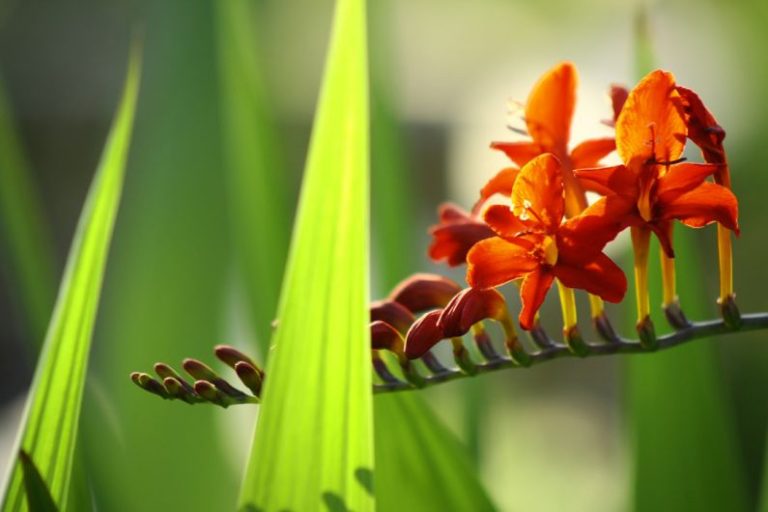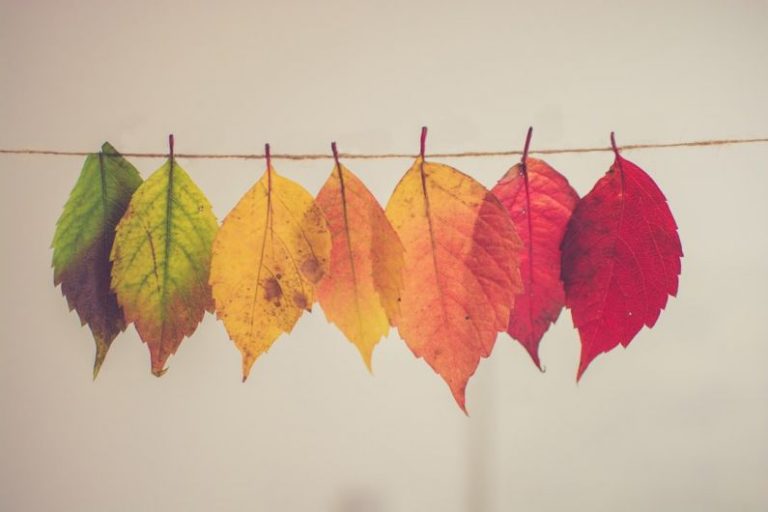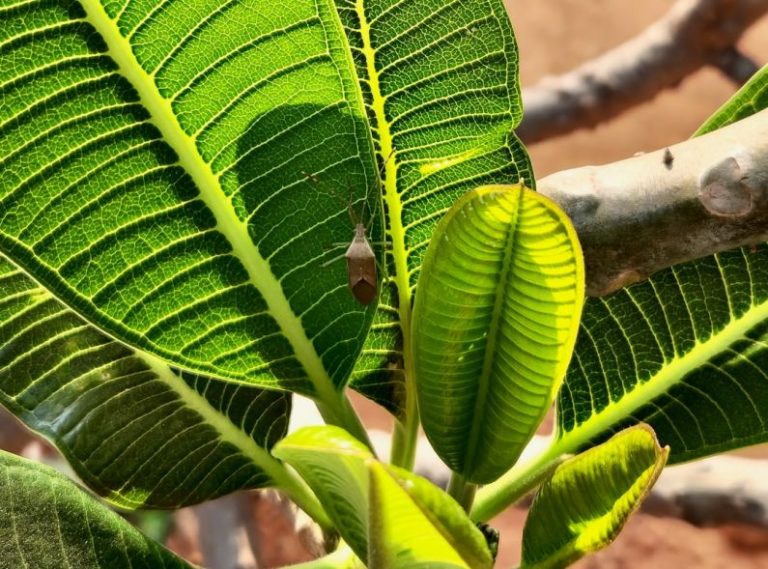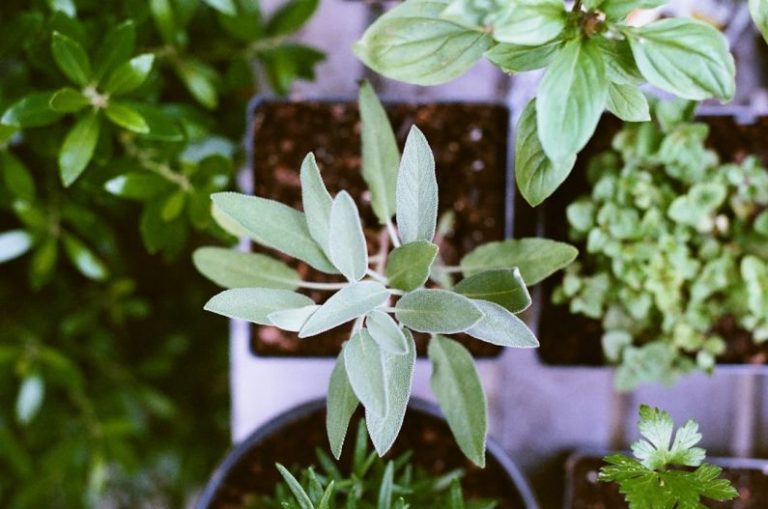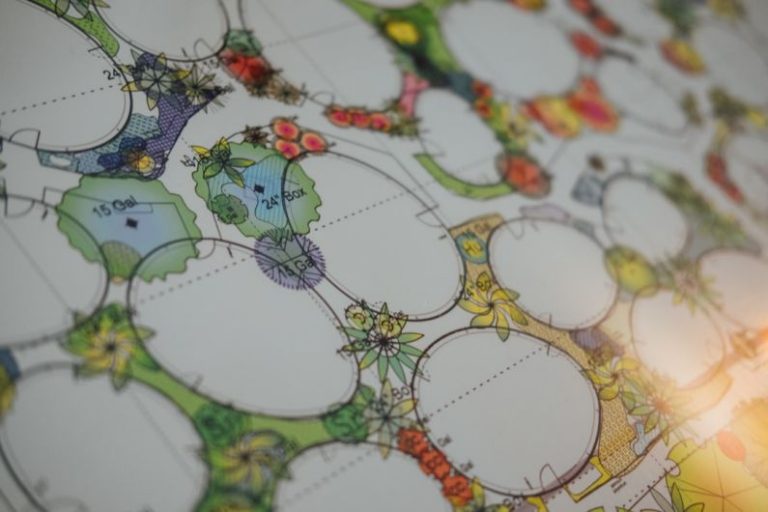Common Gardening Mistakes to Avoid
Gardening is a rewarding and therapeutic activity that allows you to connect with nature and cultivate beautiful landscapes or grow your own food. However, even experienced gardeners can make mistakes that hinder the growth and health of their plants. To help you avoid common pitfalls and achieve a thriving garden, here are some key gardening mistakes to steer clear of.
Overwatering: The Silent Killer
One of the most common mistakes gardeners make is overwatering their plants. While it may seem counterintuitive, plants can actually suffer more from too much water than from too little. Overwatering can lead to root rot, mold, and other diseases that can ultimately kill your plants. To avoid this, make sure to check the moisture level of the soil before watering. Stick your finger into the soil about an inch deep – if it feels dry, it’s time to water. Additionally, be mindful of the specific watering needs of each plant species in your garden to prevent overwatering.
Ignoring Soil Quality
Good soil is the foundation of a healthy garden. Ignoring the quality of your soil can lead to poor plant growth and lackluster yields. Before planting, take the time to test your soil to determine its pH level and nutrient content. You can amend your soil with organic matter, such as compost or manure, to improve its structure and fertility. Different plants have varying soil preferences, so be sure to tailor your soil preparation to the specific needs of the plants you are growing.
Planting Too Deep or Too Shallow
The depth at which you plant your seeds or seedlings can have a significant impact on their growth and development. Planting too deep can prevent seeds from sprouting, as they may struggle to reach the surface. On the other hand, planting too shallow can expose the roots to the elements and hinder their ability to establish a strong foundation. Be sure to follow the planting instructions for each type of plant and adjust the depth accordingly. As a general rule of thumb, plant seeds at a depth that is two to three times their diameter.
Neglecting Pest Control
Pests can wreak havoc on your garden if left unchecked. Ignoring pest control measures can result in damaged plants, reduced yields, and frustration for the gardener. Be proactive in monitoring your garden for signs of pests and take steps to prevent infestations before they occur. This can include using physical barriers, such as row covers, or natural pest deterrents, like companion planting or beneficial insects. If you do encounter pests, opt for organic pest control methods to protect the health of your garden and the environment.
Underestimating Sunlight Requirements
Sunlight is essential for plant growth, as it provides the energy needed for photosynthesis. Underestimating the sunlight requirements of your plants can result in stunted growth and poor flowering or fruiting. Before planting, take note of the sunlight conditions in your garden throughout the day. Different plants have varying sunlight needs – some thrive in full sun, while others prefer partial shade. Place your plants accordingly to ensure they receive the appropriate amount of sunlight to flourish.
Conclusion: Cultivating a Successful Garden
Avoiding common gardening mistakes is key to cultivating a successful garden that thrives and flourishes. By paying attention to factors such as watering, soil quality, planting depth, pest control, and sunlight requirements, you can create a healthy and vibrant garden that brings joy and satisfaction. Remember to stay observant and responsive to the needs of your plants, and be willing to adapt your gardening practices as necessary. With patience, care, and a bit of trial and error, you can enjoy the fruits of your labor in a bountiful and beautiful garden.

